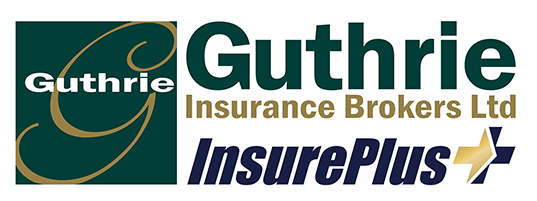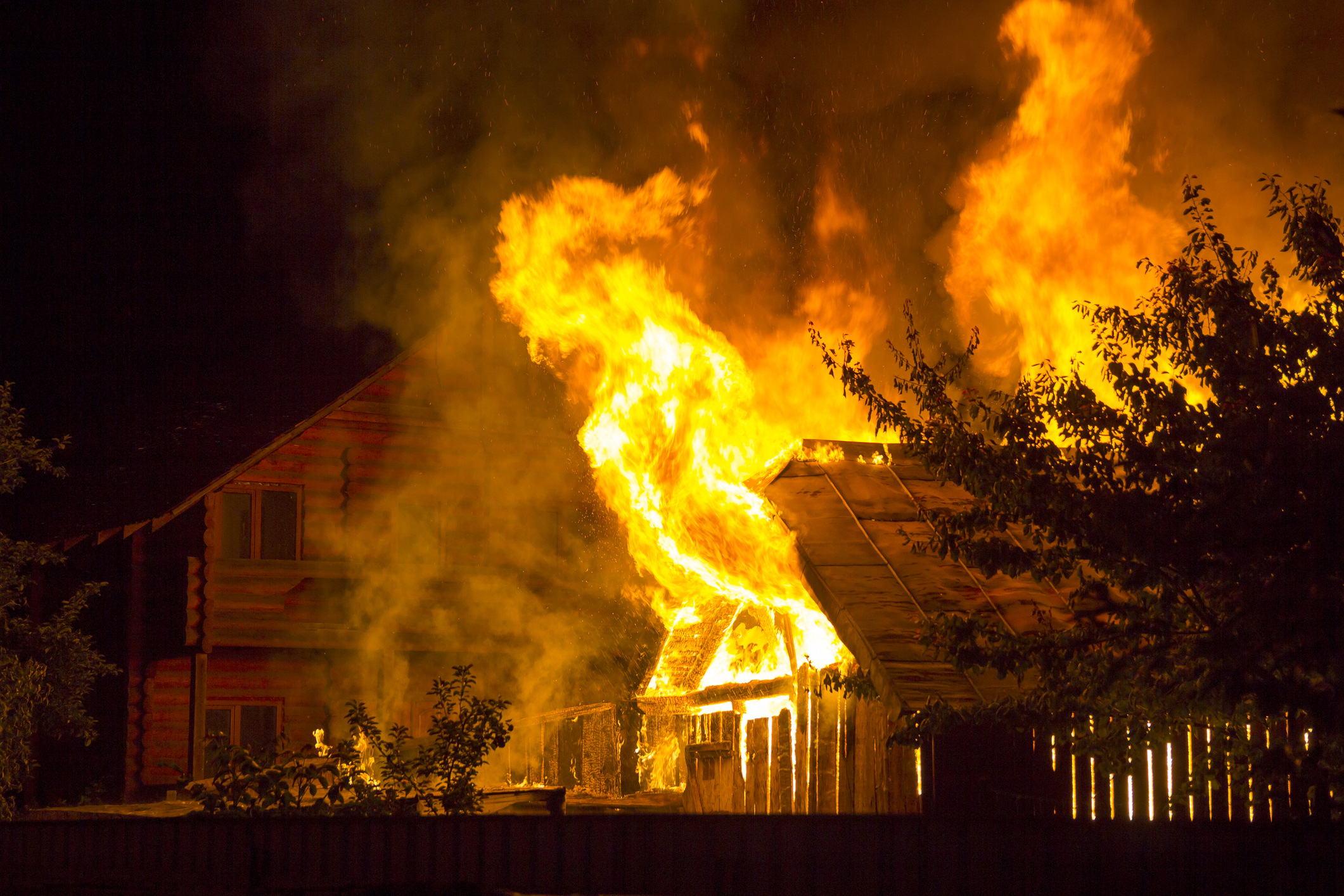The fundamental purpose of an insurance company is to earn a reasonable profit for investors willing to invest money to underwrite risks and indemnify unpredictable losses. This is done by collecting premiums from many people with similar risks or assets, such as cars, homes and businesses. These premiums are then managed and invested, used for administration, and of course to pay claims, often years down the road whether for small claims or catastrophic disasters. If future claims and expenses are less than predicted, the excess of premiums collected will be returned as a profit to investors. However, if future claims and expenses are higher than estimated, as has been happening recently, insurers stand to lose considerably.
It’s a risky business where profit is never guaranteed and over the past few years has only averaged in the range of 3% to 8%. On top of this, an insurer must always be in a position to be able to pay all claims without becoming insolvent.
HERE IS A COMPREHENSIVE LOOK AT THE FACTORS
With car and home insurance rates on the rise across the country, it is important to realize there are many elements that contribute to these increases. Whether you’re purchasing a new policy or renewing an existing one, understanding these factors will give you insights into how your rates are calculated.
SOME FACTORS ARE BEYOND YOUR CONTROL
Even if you’ve had no tickets, no accidents, and no claims, you could see higher premiums than you might expect.
1. Fraudulent claims are increasingly common. Fraudsters who stage accidents to make money are causing rates to increase across the country. In Ontario, the Insurance Bureau of Canada reports that fraud costs an estimated $1.6 billion per year ($236 per driver).
2. Distracted driving is on the rise. Distracted driving now outpaces impaired driving as a leading cause of accidents and deaths on the roads. Premiums are increasing to offset the costs of these claims.
3. Trends might show your area as a higher risk for collisions, theft, or other incidents. Your premiums could increase if analytics show your area has become more prone to risks (extra traffic congestion or extreme weather events that lead to collisions,for example).
4. Medical services are more expensive. It’s not just physical repairs that can cause premiums to rise. Accident victims usually need medical services like physiotherapy to recover, which cost more every year.
5. Autonomous features mean safety, not always savings. Newer vehicles now offer a wide range of autonomous capabilities like adaptive cruise control and park assist to keep you and your passengers safe. The flip side? They also use complex computers and sensors that cost more to repair.
6. Windshields now have built-in technology. New advanced driver assistance systems make windshields more expensive to replace. Recalibrating a car’s computer system following a windshield replacement also adds to labour costs.
7. Front and rear bumper sensors are pricey. Even a tiny fender bender can require a bumper replacement, and many repairs require the car’s computer system to be recalibrated for the sensors to work. Those extra labour costs can really add up.Top Reasons for Property and Liability Insurance rate increases
THERE ARE MANY FACTORS TO CONSIDER
Even if you’re a model customer with no claims, other reasons beyond your control could be pushing your premium up.
1. Extreme weather events and catastrophes are more frequent. As forest fires, floods, storms, and other weather events become more frequent, they cause extensive damage, resulting in more costly claims.
2. Municipal infrastructure is getting older. Outdated municipal infrastructure and a higher demand for water make sewer backups more frequent, resulting in more damage-related claims.
3. Neighbourhood trends might put you at greater risk. When neighbourhoods grow, demographics and risks change. For example, if there is a new commercial development near your home, or a new subdivision emerges, this might alter municipal infrastructure. These are factors insurers look at when assessing risk
4. Emergency services, skilled trades, and personal belongings are more expensive. As with any goods or services, inflation means higher prices for things like emergency services and labour costs for repairs. That means paying for claims is more expensive, too.
5. Some new features are eco-friendly, but not budget-friendly. Eco-friendly features like solar panels, energy efficient windows and doors, and high-efficiency appliances are a great choice for our environment. It is important to realize that if damaged, they could result in more expensive repairs.
6. Modern homes cost more. Rising home prices and more homes with high-end features (like pools and hot tubs) drive up replacement costs and liability claims.
7. Finished basements need more coverage. Since they’re made with higher-priced building materials, finished basements cost more to repair if there’s a sewer backup or other damage.
– Courtesy of Economical Mutual Insurance Company




